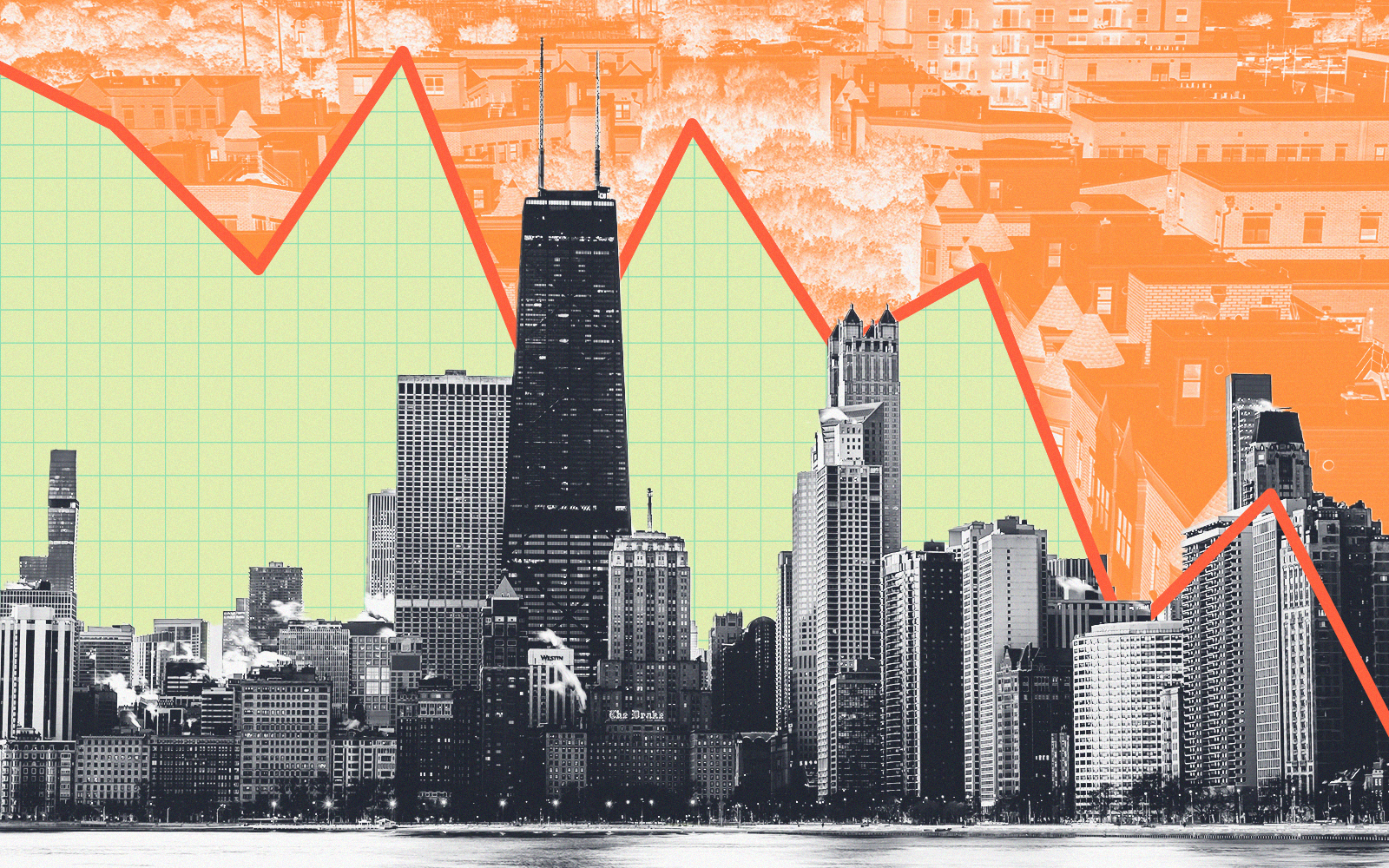The Chicago metro is undergoing a mass exodus, save for some pockets of growth where a real estate boom may be on the horizon.
Chicago’s population fell by 81,900, or 3 percent, from 2020 to 2023, the Chicago Tribune reported, citing fresh estimates from the U.S. Census Bureau.
Yet, Chicago still ranks as the third most populous city in the United States, with over 2.6 million residents. New York and Los Angeles ranked first and second, respectively.
Cook County, which comprises Chicago and more than 130 other municipalities, lost 188,000 people between 2020 and 2023, marking a 3.6 percent loss. Not a single city, town or village in Cook County gained population over that stretch.
The villages of Berwyn, Riverside and Summit had the biggest losses, percentage wise, each losing 4.9 percent of their populations over the three years.
The population drop means it’s possible that many developers and real estate investors could steer clear of Cook County, as population growth is a major driving force driving the industry.
The future looks bright for some parts of the metro, however, particularly in the southwest suburbs of Kendall County. All but one of the county’s seven municipalities (Aurora) experienced population growth. Yorkville registered the highest gain of 14.7 percent to 24,700 people, an influx of 3,160 over the three years. Montgomery, Oswego and Plainfield were next in line, with jumps of 8.2, 7.1 and 5.7 percent, respectively.
The results were varied in the five other Chicago-area counties included in the outlet’s analysis, but the vast majority of municipalities underwent population declines.
Wonder Lake, a far northwest suburb of McHenry County, saw the largest percentage increase of 23.1 percent. Its population grew from 3,973 to 4,889.
Trailing Yorkville, southwest suburban Plainfield added the second-highest number of new residents, totaling 2,562 people.
Along with Wonder Lake and Yorkville, the following places experienced double-digit percentage increases: Volo (13.9 percent), Warrenville (10.8 percent) and Godley (10.7 percent).
—Quinn Donoghue
Read more



